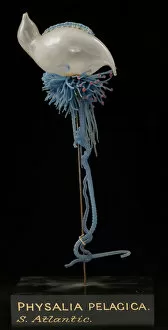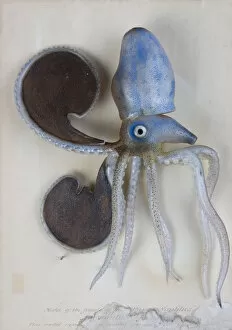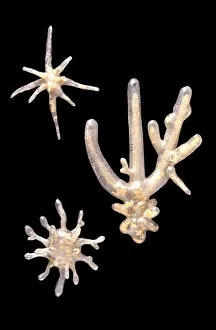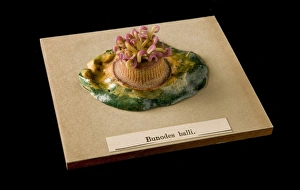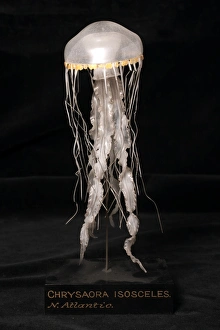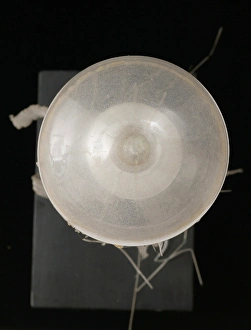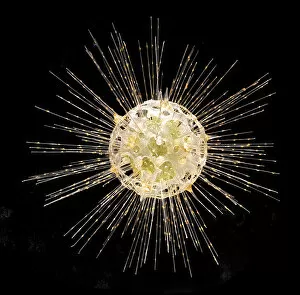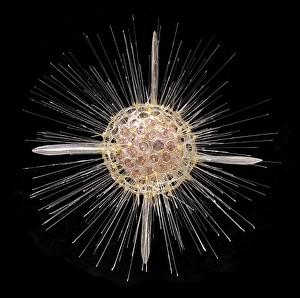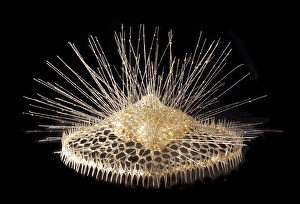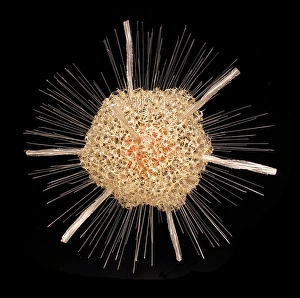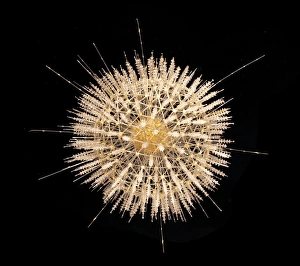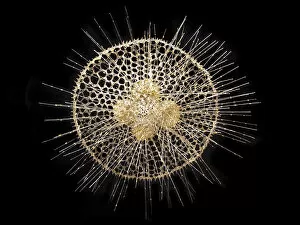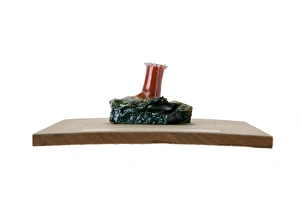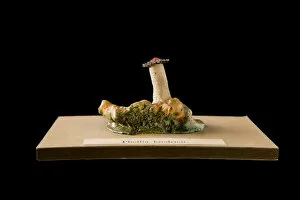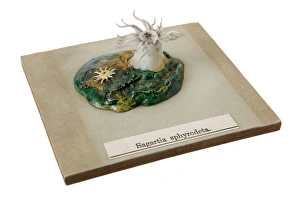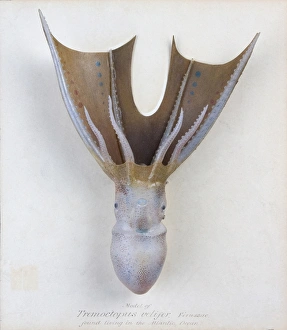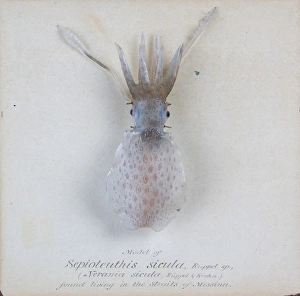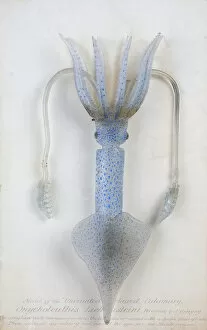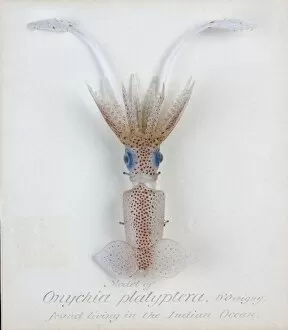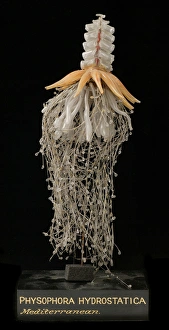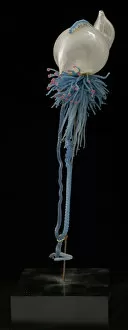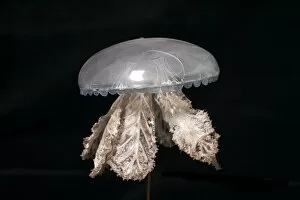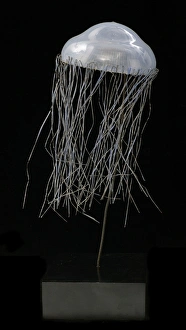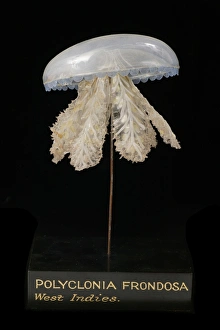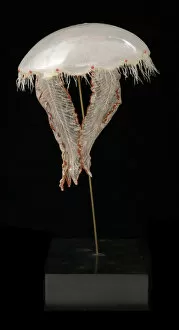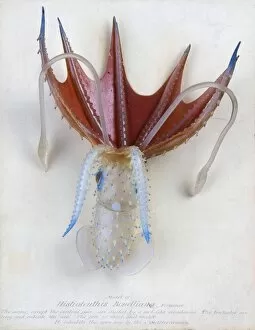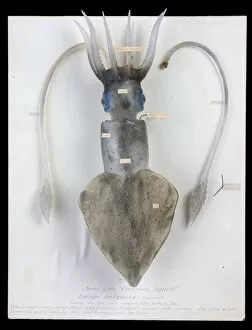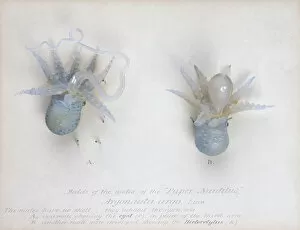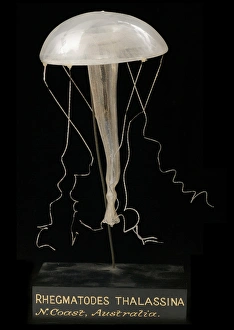Rudolf Blaschka Collection
Rudolf Blaschka, a master craftsman and artist, dedicated his life to capturing the intricate beauty of marine creatures
All Professionally Made to Order for Quick Shipping
Rudolf Blaschka, a master craftsman and artist, dedicated his life to capturing the intricate beauty of marine creatures. With meticulous attention to detail, he created stunning glass models that showcased the wonders of the underwater world. One of his remarkable creations is Sepia elegans, a lifelike representation of a squid. Its delicate tentacles and mesmerizing patterns make it hard to believe that it's made entirely out of glass. Blaschka's talent for replicating nature is truly awe-inspiring. Another masterpiece by Blaschka is Physalia pelagica, a jellyfish model that seems to float effortlessly in mid-air. The transparency of its body and vibrant colors capture the ethereal essence of these mysterious creatures. Blaschka also crafted an exquisite portrayal of Argonauta argo (female), an octopus known for its unique shell-like structure. The intricacy with which he recreated every tiny detail showcases his dedication to perfection. Even microscopic organisms were not overlooked by Blaschka's artistry. His glass model Amoeba proteus captures the simplicity yet complexity of these single-celled organisms that play a vital role in our ecosystem. Bunodes ballii, a sea anemone brought to life through glass artistry by Rudolf Blaschka, showcases the vibrant hues and delicate tendrils characteristic of this fascinating creature. Chrysaora isosceles appears twice in Blaschka's collection - once as a jellyfish model and again as an actual jellyfish specimen encased in glass. Both versions highlight their graceful movements and translucent bodies with utmost precision. Dorataspis diodon and Aulacantha scolymantha are two radiolarian species meticulously recreated by Blaschka using fragile strands of colored glass. These intricate structures resemble miniature works of art under close inspection.

